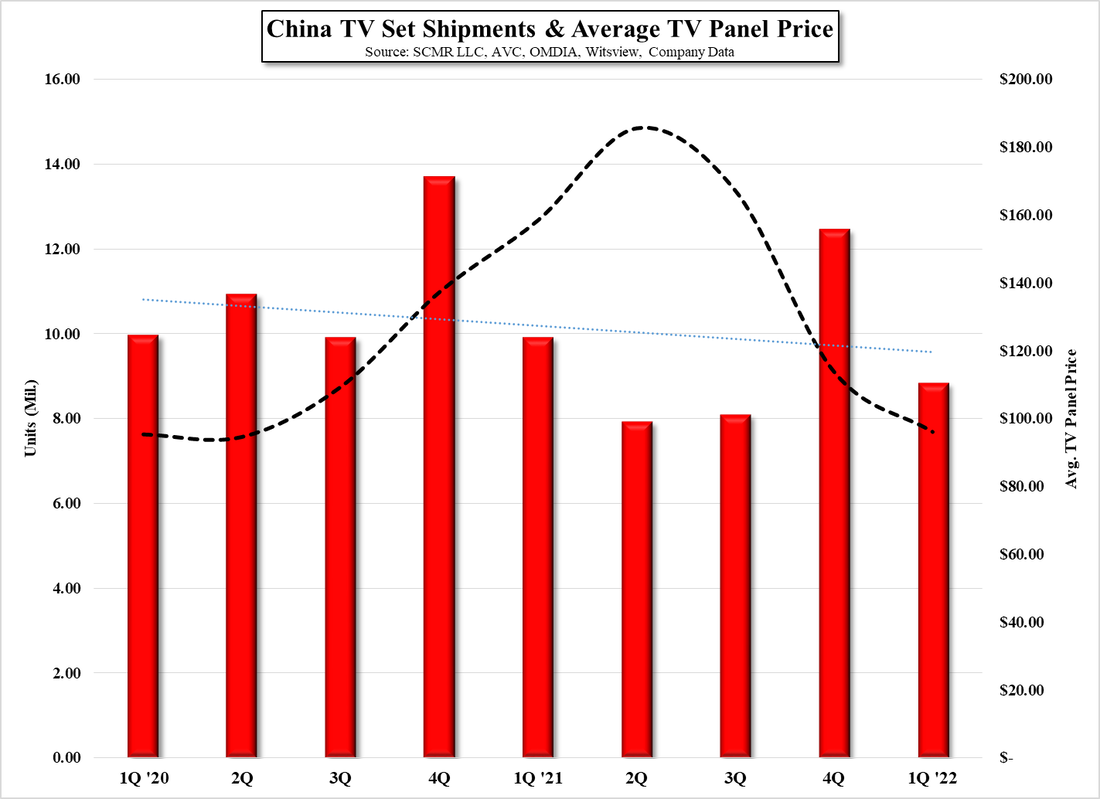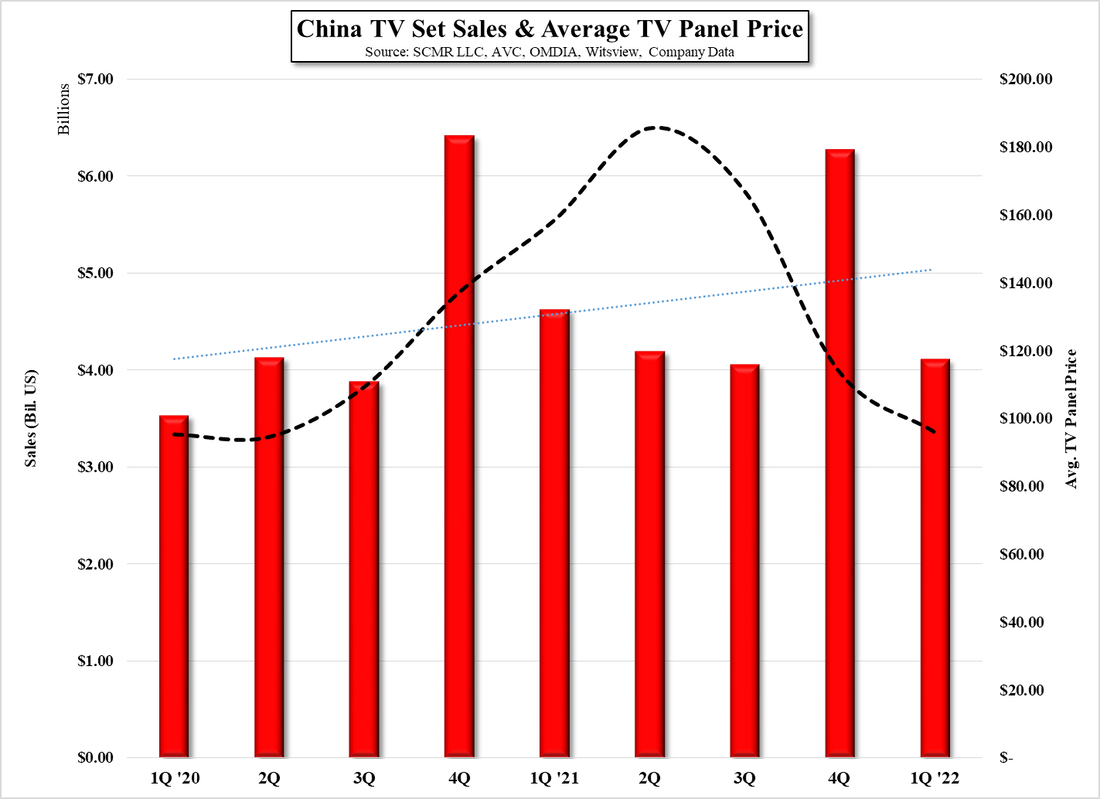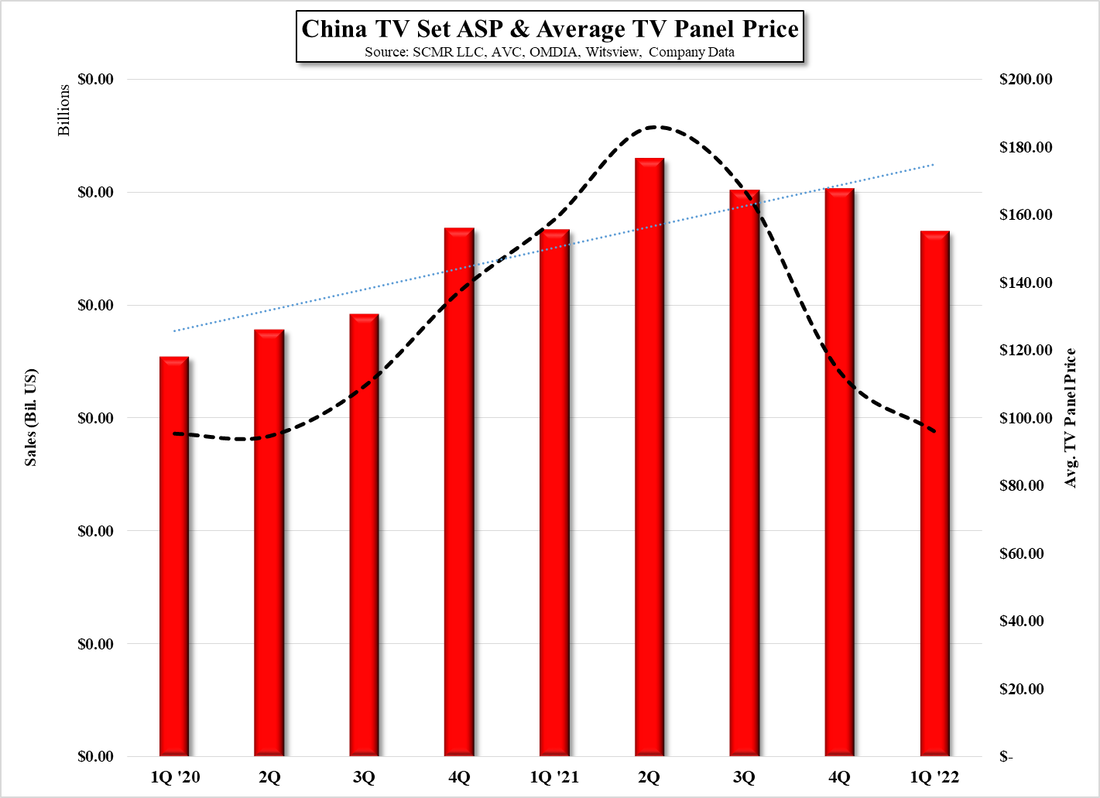Apple XR
The rumor mill has been churning out ‘details’ about Apple’s AR/VR development project team (codename TDG for ‘Technology Design Group’), which has been said to consist of up to 2,000 Apple employees operating out of one of Apple’s Sunnyvale R&D centers since 2015, especially after Apple stepped up bonuses for key employees at the end of last year to stem Facebook’s (FB) talent poaching to broaden Meta’s own XR project (codename ‘Project Cambria’). However there have been many false starts concerning Apple's AR/V’ development, with a number of loose timelines for an announcement and release passing by years ago (First was 2019?), so leaked progress reports, renderings, a component ‘details’ continue as the project winds on. Excitement usually builds as we approach the Apple Developers Conference which starts on June 6, during which bits of code that might reference such an operating system or application for AR/VR are revealed during sessions or leak out ‘accidentally’, and this year is no different given the ~92% expansion in AR/VR units seen in last year, but also putting that in perspective, it equates to ~11m units, while smartwatch shipments reached over 127m units last year of which Apple has a roughly 50% share.
While we can cite all sorts of potential features and component specs that have been speculated on in reference to a potential Apple XR headset, we expect Apple to push both design and performance specifications when it finally makes such a device available, but even the mighty marketing machine at Apple likely recognizes that aside from a ‘cool/hip’ design, any commercial XR product needs a very compelling application to make it a ubiquitous product, and asking customers to fork over somewhere between $1,000 and $3,000 for a headset that tells them how much further they have to run before they meet their daily goal or how much that handbag in the window costs on Amazon (AMZN) might be a hard sell. The Metaverse is an attractive incentive for hardware manufacturers but the Metaverse is still a conceptual idea rather than a practical one and has little intrinsic value other than as a publicity tool.
We do note that Google (GOOG) does seem to understand that in the real world applications sell hardware (see or note 5/12/22), especially for relatively new product categories, and while we expect Apple to capture significant market share in the XR space when it finally enters and will add considerable legitimacy to the space leading to market expansion, there still needs to be a reason for consumers to want to wear even a sleek and hip looking headset for an extended period of time. VR’s entertainment value is obvious, although far from mainstream and so we look toward AR as a more realistic approach to the extended reality space, but again passing curiosity does not sell millions of units but practical applications do. Did you buy your first smartphone so you could watch chimpanzees in Uganda from a secret encampment or did you buy it so you could speak to colleagues, friends and family whenever you were away from a ‘landline[3]’?
[1] You know its real if it has a codename, right?
[2] The ‘r’ in ‘rOS’ stands for ‘reality’, another codename adding additional ‘code name cred’ to the story…
[3] For the younger generation, a ‘landline’ is a telephone that is connected to a carrier through a wire and is traditionally mounted permanently in a home or office and cannot be carried with the user.















 RSS Feed
RSS Feed